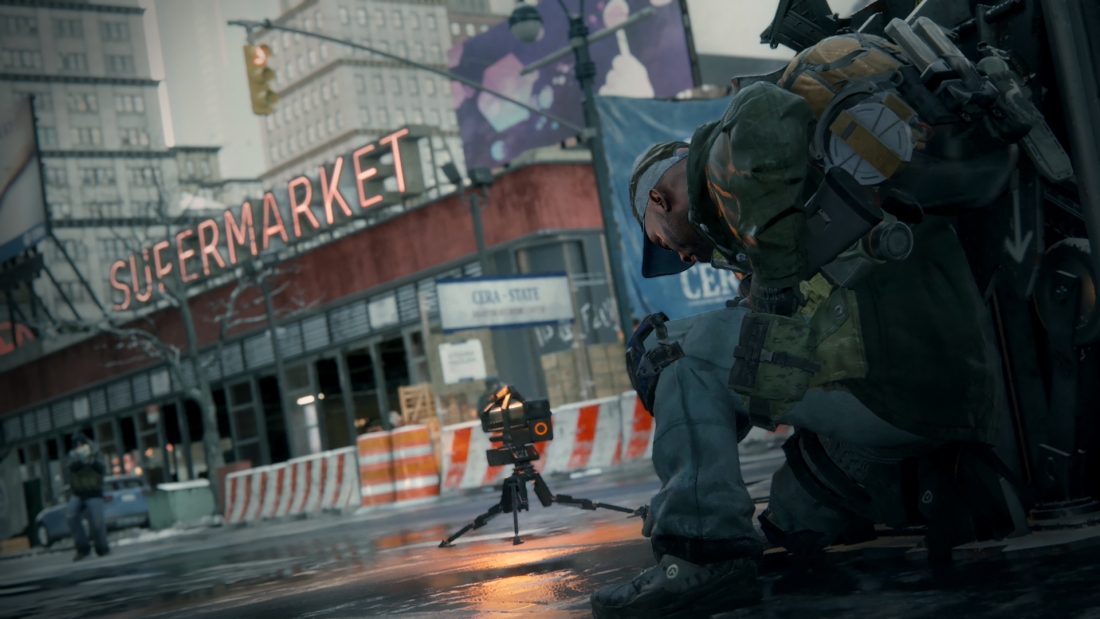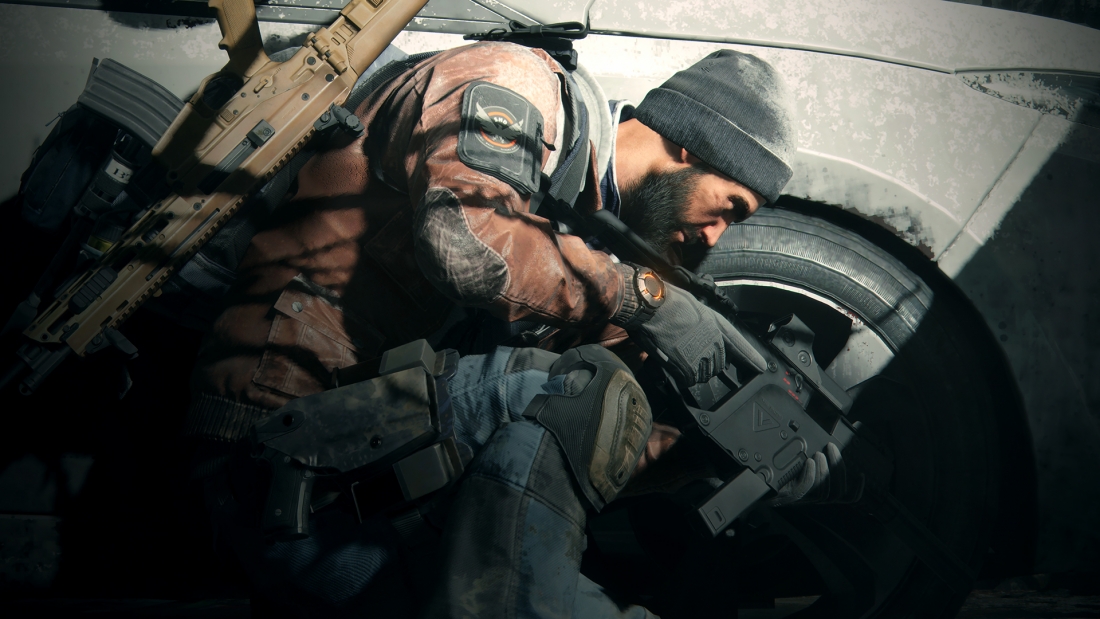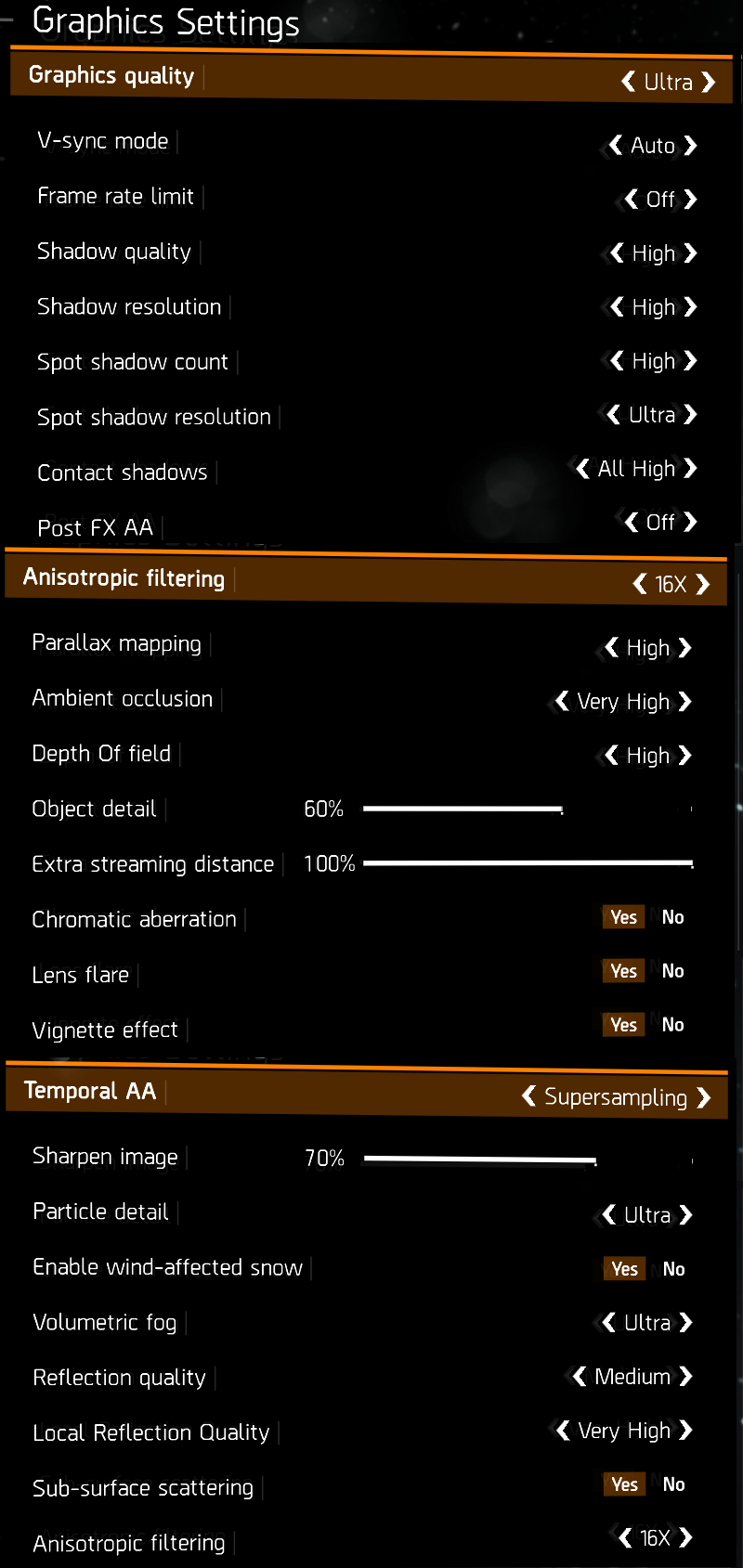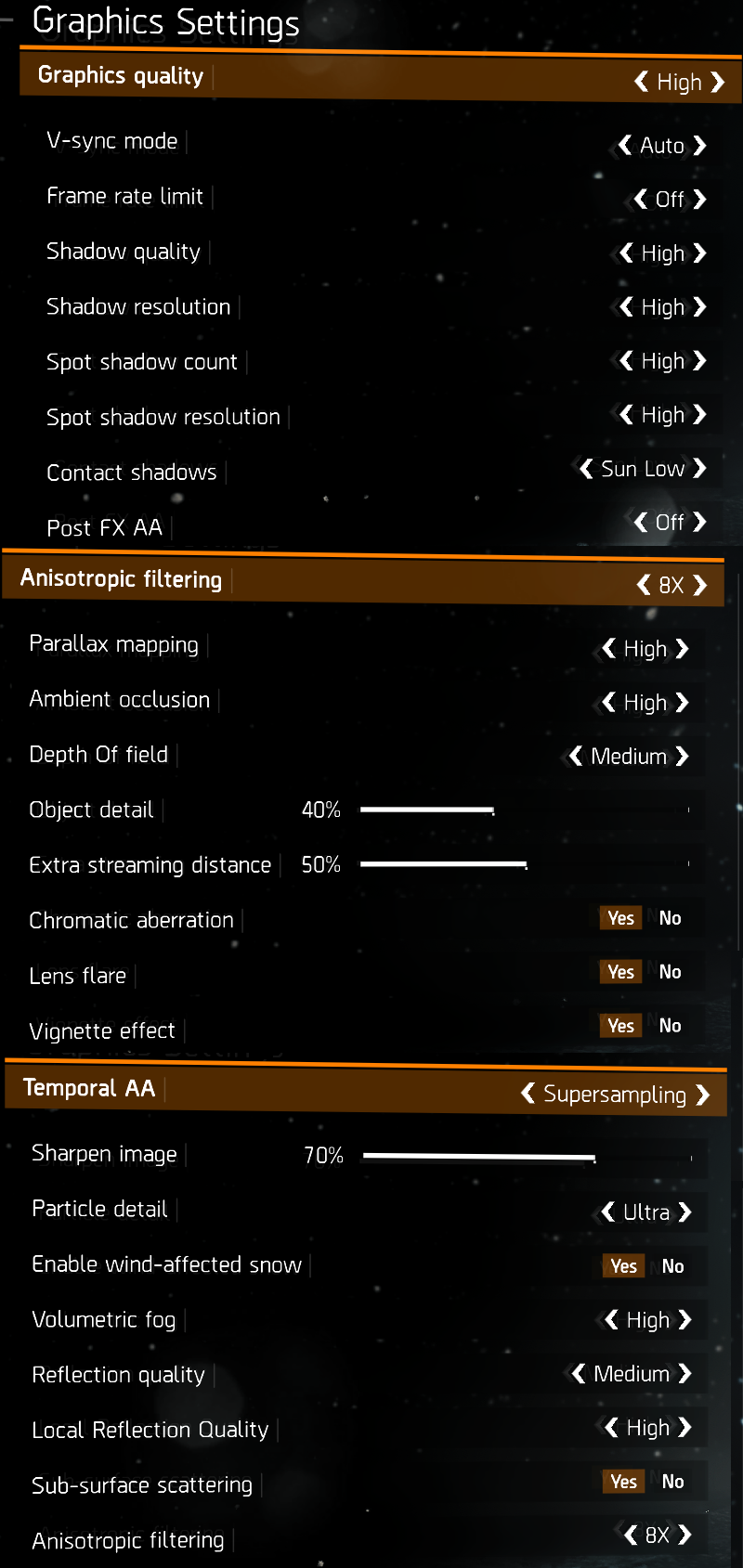Tom Clancy's The Division PC Graphics and CPU Performance - poindexterdwellied
We got our first look at Tom Clancy's The Division in January during an open beta historic period which saw over 6.4 billion players participate across all platforms. Developed alongside Red Storm Entertainment, Ubisoft's latest third-person shooter was declared during the company's E3 2013 news conference and shipped worldwide this week for Microsoft Windows, PlayStation 4 and Xbox One.
Having pre-ordered a copy, we got diligent benchmarking the second IT was free. However, before we father to The Division's benchmark results and many graphical features, let's talk about the halt itself.

The Division is set in an open earthly concern with immersive and destructive environments based along a mid-crisis Manhattan. As an agent, the player's deputation is to restore order by investigating the source of a virus.
Played from a third-person position, this shooter has varied arms from high caliber machine guns to muggy bombs. The surround is full of objects you can use to your advantage and take cover behind during firefights.
With The Division, Ubisoft aims to take graphics fidelity to the side by side level by enabling new graphical features in an open world environment. The gritty has been built upon the Snowdrop Locomotive which focuses on dynamic global illumination, destruction and a number of bleak edge visible effects.
In fact, the PC version has received a complement of visual personal effects, including poor boy-surface scattering, spot shadows, ambient occlusion, chromatic aberration, depth of field, contact shadows, wind-hokey snow, parallax correspondence, vignette and volumetric cloud.

Information technology should be noted that The Division is an Nvidia GameWorks style. Thankfully, it doesn't appear as though the inclusion of GameWorks has borked the performance of this game, every bit you will soon see. Information technology does however awful that Nvidia's HBAO+ ambient occluded front, percentage closer soft shadows (PCSS), as well as hybrid frustum copied shadows (HFTS) are included.
Of these visual features hybrid frustum traced shadows (HFTS) is one you might non have detected of before and this is its freshman implementation. This advanced shadow proficiency is designed to take advantage of the James Clerk Maxwel graphics card serial and provide realistic geometrically-accurate hard shadows that smoothly transition to soft shadows in real time. Essentially HFTS is an enhanced version of PCSS As IT builds on the technology. Hybrid ray traced shadows uses ray tracing alternatively of shadow maps to make up sharper shadows that look better upon close review.
Testing Notes
To my surprise, The Sectionalization includes a benchmark tool that wasn't present in the beta version and information technology offers a operative mix of demanding/typical gameplay scenarios, which is why we decided to use information technology. The well-stacked-in benchmark also has the advantage of being highly repetitive, otherwise reliably testing The Class would cause proven extremely tough for a few reasons.
Offse, the game is loaded where you were lowest positioned in the out-of-doors worldwide surgery precise nearby. This means after completing a bench mark run you'd have to return to the protrusive location before quitting, essentially continual every test twice, and since we call for an average from two or three runs that becomes pretty painful pretty fast.
However, the real issue for assemblage accurate results would be the Nox and daylight round. As the time of day is always shifting, we detected that frame rates were higher at Night and the late evening when compared to during the day. Anyway, the benchmark tool around solves this by examination at the precise Lapplander hour every time. You fire also run your own tests and make rough comparisons against our results.
Benchmarking was conducted at 1080p, 1600p and 2160p (4K) resolutions using the 'ultra' and 'in flood' caliber presets. The key differences being that immoderate enables high level spot shade off resolution, contact shadows, eolotropic filtering level, ambient occlusion, deepness of field, meter fog, local reflections along with greater object detail and spare streaming distance.
Test Arrangement Specs
- Intel Core i7-6700K (4.00GHz)
- 4GBx2 Jamaican capita Piranha DDR4-2400
- Asrock Z170 Extreme7+ (Intel Z170)
- Silverstone Strider 700w PSU
- Of the essence MX200 1TB
- Microsoft Windows 10 In favour of 64-bit
- Nvidia GeForce 364.51 Exploratory
- AMD Crimson Edition 16.3 Hotfix
- Radeon R9 Fury X (4096MB)
- Radeon R9 Nano (4096MB)
- Radeon R9 390X (8192MB)
- Radeon R9 390 (8192MB)
- Radeon R9 380X (4096MB)
- Radeon R9 380 (2048MB)
- Radeon R9 290X (4096MB)
- Radeon R9 290 (4096MB)
- Radeon R9 285 (2048MB)
- Radeon R9 280X (3072MB)
- Radeon R9 280 (3072MB)
- Radeon R9 270X (2048MB)
- Radeon R9 270 (2048MB)
- Radeon HD 7970 GHz (3072MB)
- Radeon HD 7970 (3072MB)
- Radeon HD 7950 Boost (3072MB)
- Radeon HD 7950 (3072MB)
- Radeon HD 7870 (2048MB)
- GeForce GTX Titan (6144MB)
- GeForce GTX 980 Ti (6144MB)
- GeForce GTX 980 (4096MB)
- GeForce GTX 970 (4096MB)
- GeForce GTX 960 (2048MB)
- GeForce GTX 950 (2048MB)
- GeForce GTX 780 Ti (3072MB)
- GeForce GTX 780 (3072MB)
- GeForce GTX 770 (2048MB)
- GeForce GTX 760 (2048MB)
- GeForce GTX 750 Ti (2048MB)
- GeForce GTX 680 (2048MB)
- GeForce GTX 660 Ti (2048MB)


Source: https://www.techspot.com/review/1148-tom-clancys-the-division-benchmarks/
Posted by: poindexterdwellied.blogspot.com


0 Response to "Tom Clancy's The Division PC Graphics and CPU Performance - poindexterdwellied"
Post a Comment